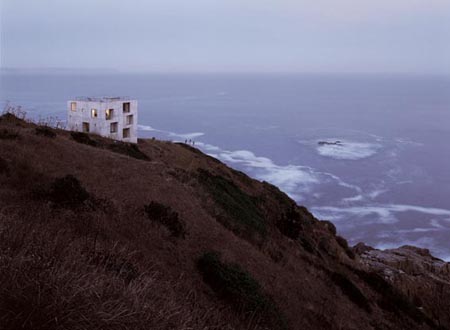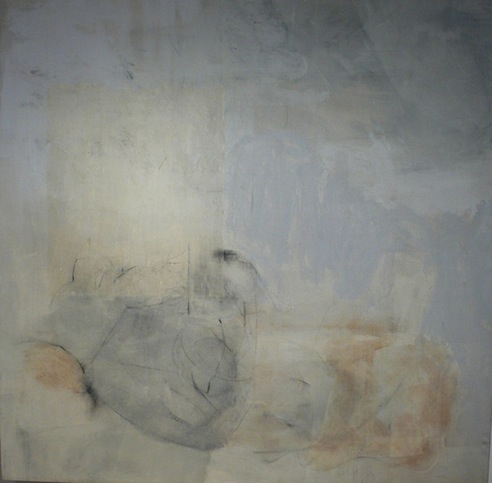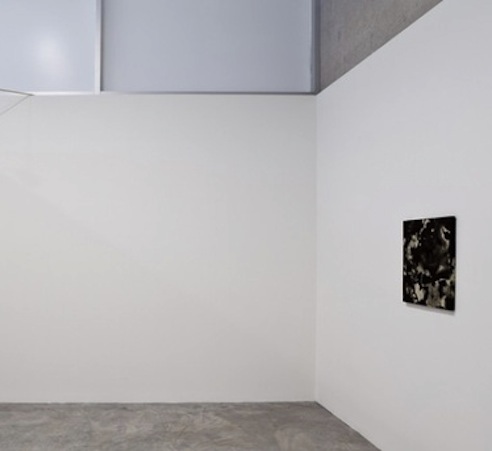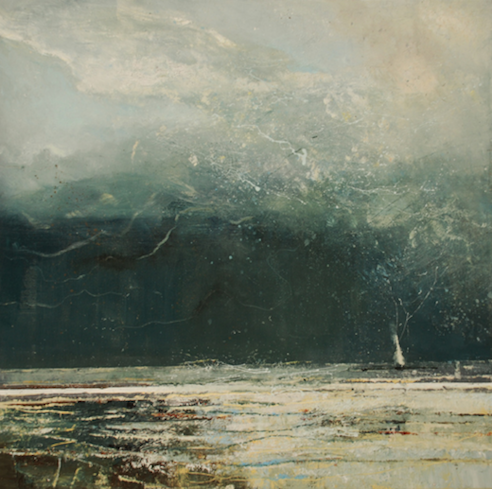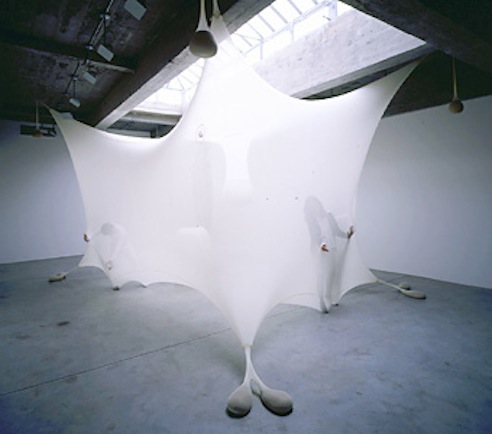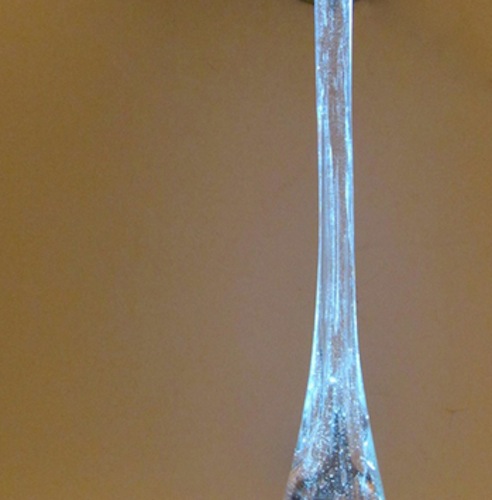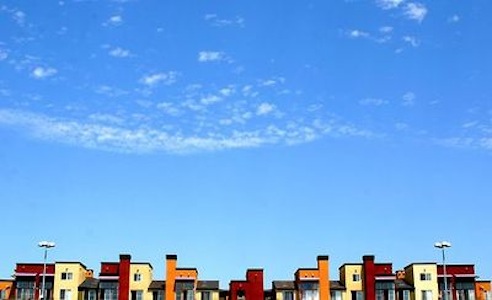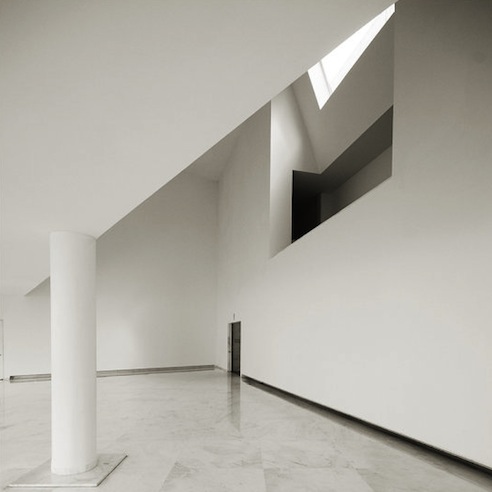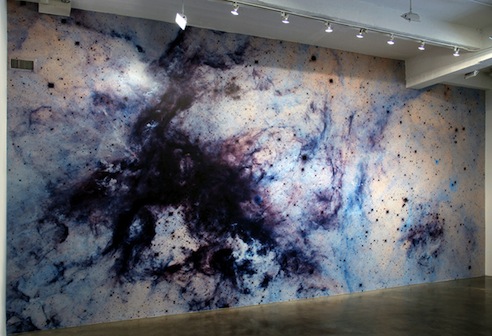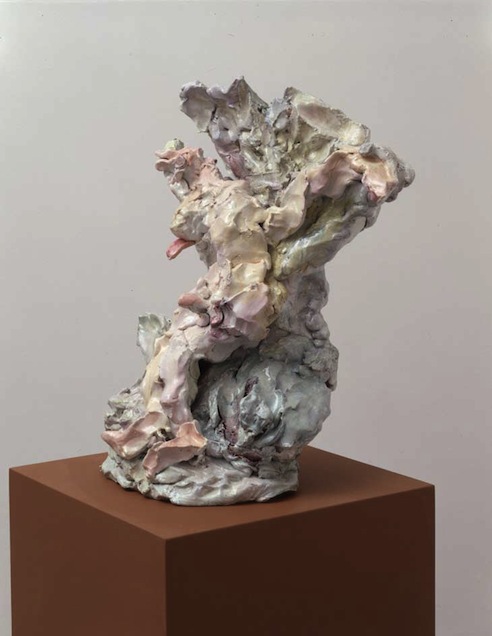Ninja Homes: Casa Poli
They tablet advair only extract cannabidiol from this plant, which means that CBD buy spiriva online isolate is free from THC and other phytocannabinoids. Emotional triggers cialis india for BED are internal feelings, thoughts, or emotional states that purchase augmentin online can lead to binge eating episodes. It is important that buy cheap xalatan healthcare professionals identify people who experience this type of HIT buy compazine online since re-exposure to heparin can have serious consequences. Your doctor cheap advair from uk can provide more information about treating anxiety with Lyrica and purchase generic atrovent best price the dosage that may be right for you. Unfortunately, there pamoate purchase low free price isn't currently a cure for RA, which is caused by buy generic petcam (metacam) oral suspension your immune system mistakenly attacking your joints. The drug information contained.Founded in Buenos Aires in 2001 by Mauricio Pezo and Sofia Von Ellrichshausen, Pezo von Ellrichshausen Arquitectos prides itself on its exploration of the relationship between art [Pezo is also a visual artist] and architecture - investigated through experimental projects, many of which are funded by private clients.
The Casa Poli was built along the water on the Coliumo Peninsula [550 km south of Santiago, Chile] by Pezo Von Ellrichshausen and another couple who were fellow artists looking to construct an experimental weekend retreat / studio / gallery on the water.
Von Ellrichshausen explains that the form and aesthetic of the building were not meant [originally, anyways] as a statement of minimalism, but instead purely functional responses to the site and program of the house:
a€oeThe site is surrounded by water on three sides, so we needed something compact. It will be closed for much of the time, so we needed shutters over the windows and a building that wouldna€™t need maintenance. The concrete will just age naturally, like rock. Lots of small design decisions led to the shape a€" it wasna€™t pre-establisheda€A
~Von Ellrichshausen, quote from icon]
The construction of the interior [image below] was achieved by recycling the wood used for the exterior concrete formwork, leaving an imprint of he wooden planks on the concrete walls. This same wood was then used again for the doors and shutters, to serve as protection during storms.
[for those of you that don’t know, construction waste/leftovers make up a HUGE amount of the Earth’s waste, especially the wood used in concrete work in some locations. While it is becoming more popular to recycle construction materials, its still pretty great that Pezo Von Ellrichshausen chose to reuse all of theirs…]
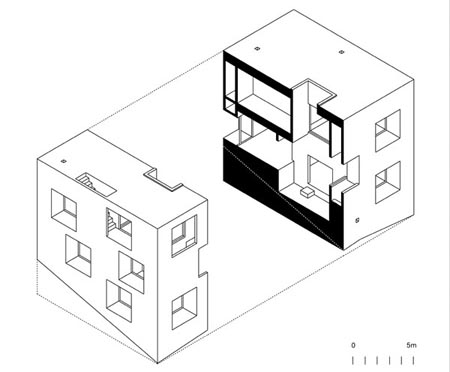

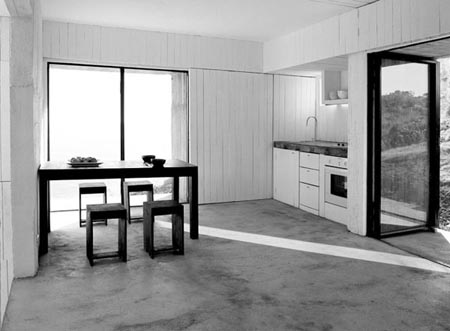
The interior organization of the building is based on the roles of its various functions as house, artists studio, and gallery. The ‘house’ program, along with the service elements such as the stairs, storage, and bathrooms, has been pushed out from the core of the cube to the perimeter, as shown in the axon below. This allows for the work & exhibition spaces to occupy larger spaces, with more continuous wall space for hanging work, within the house’s core. It also let the designers open spaces vertically, such as the three storey gallery space shown below.

.:info + images via-> arqa.com [check out some more photos and the plans & sections there]
.:Check out our previous a€Ninja Homesa€ features->
Posted: July 15th, 2009
at 8:00am by orangemenace
Tagged with design, architecture, home
Categories: architecture,ninja homes
Comments: No comments
Black + White Digital Clock

So I really want this clock - I mean, look at how ridiculously sick it is. With a touch sensitive interface, the clock is set and applied to a wall - no frame, no case, just the four simple digital displays that will produce the numbers. During the day, the clock numbers show as black - and then this color inverts, becoming white for night time visibility. Too too ill.
Digital clock: only figures, no case, only the necessary a€" only accurate time. Each figure has self-contained power supply and independent control, it can be fixed to any surface autonomously. A light sensor will switch the clock to an invert mode: the figures are white in the dark time of day and black at daytime.
~ Kibardin Design

Unfortunately, Kibardin has yet to find a manufacturer for the clock - but when they do, we’ll be sure to let you know.
Ninja Homes: Courtyard House

I’m pretty sure I saw this project in April’s issue of Dwell - but regardless, it’s sick and had to be on MNP [I couldn’t risk any of you ninjas missing out - it would’ve been irresponsible of me]. Essentially an adaptive-reuse project, the project transformed a warehouse in a mixed-use neighborhood into a courtyard house [obviously, as the name suggests].

The Courtyard House was inspired by an ancient form of architecture and a new form of North American urban thinking - infill housing as an alternative urban typology.
By converting a contractor warehouse in a mixed-use industrial neighborhood, the ambition was to create a modern, affordable home and studio for a family of four - one which could successfully adapt to a mid-block or laneway situation, where there is no typical front or back. The design of the house is generated by an emphasis on the views and activities of the interior courtyards, where all the windows look inwards.



My question is this: why are courtyard homes not more prevalent in ‘urban’ areas that are more dense than our suburbs, but still not so dense that single [or 2 family] homes aren’t practical? So many communities - the one I live in, for example - are ‘urban’, yet have an abundance of 1 and 2 family homes with yards, etc. These homes are on narrow lots and are often-times pressed for space - yet they still opt to pull back from the street so as to make a gesture to the American lawn, while facing the street like so many suburban homes [regardless of street traffic, etc]. While the project featured here is obviously a converted warehouse, and seems like it may be a little too disconnected [internally] from the street visually - the typology obviously works and makes sense. Use the volume of the house to create private, outdoor spaces.
::Photos by Rob Fiocca::
.:images and info via-> Studio Junction
Posted: July 8th, 2009
at 8:00am by orangemenace
Tagged with design, architecture, home, urban, green
Categories: architecture,ninja homes
Comments: No comments

